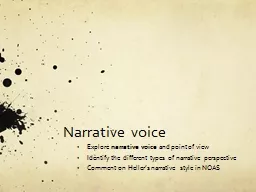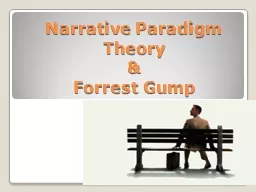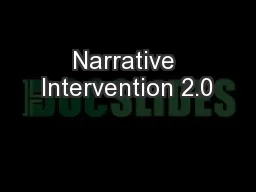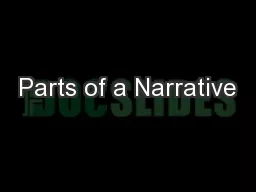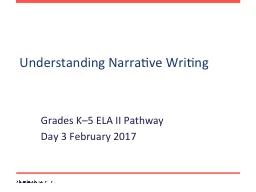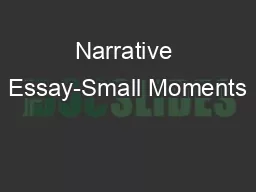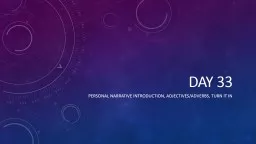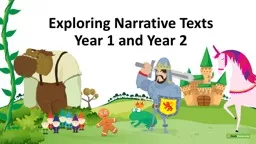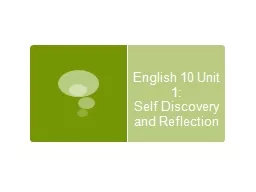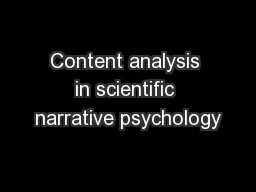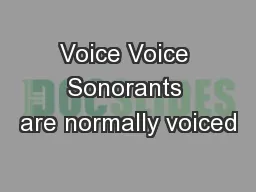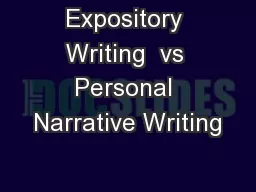PPT-Narrative voice Explore
Author : conchita-marotz | Published Date : 2018-10-14
narrative voice and point of view Identify the different types of narrative perspective Comment on Hellers narrative style in NOAS Do we ever really get the WHOLE
Presentation Embed Code
Download Presentation
Download Presentation The PPT/PDF document "Narrative voice Explore" is the property of its rightful owner. Permission is granted to download and print the materials on this website for personal, non-commercial use only, and to display it on your personal computer provided you do not modify the materials and that you retain all copyright notices contained in the materials. By downloading content from our website, you accept the terms of this agreement.
Narrative voice Explore: Transcript
Download Rules Of Document
"Narrative voice Explore"The content belongs to its owner. You may download and print it for personal use, without modification, and keep all copyright notices. By downloading, you agree to these terms.
Related Documents

